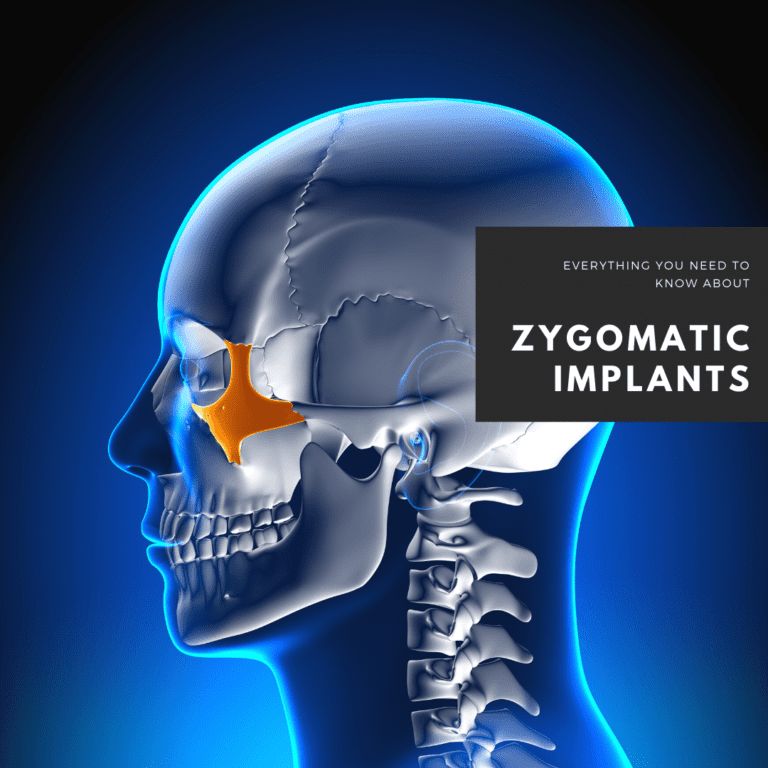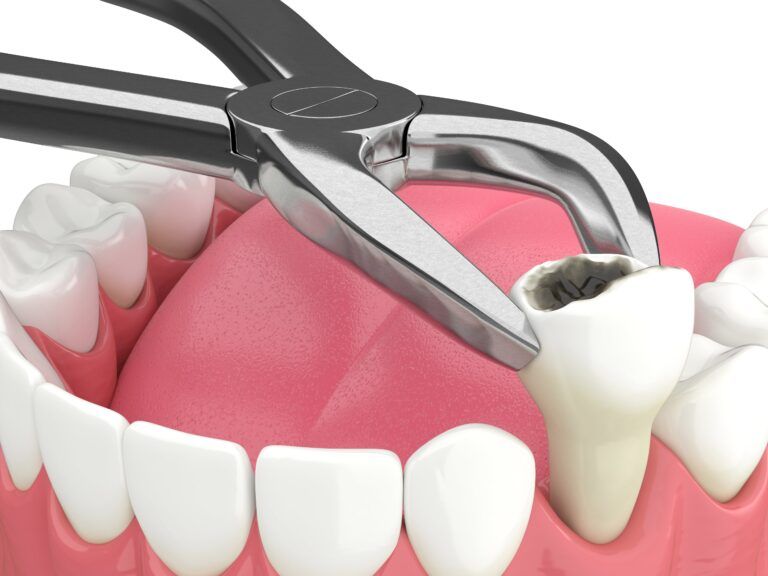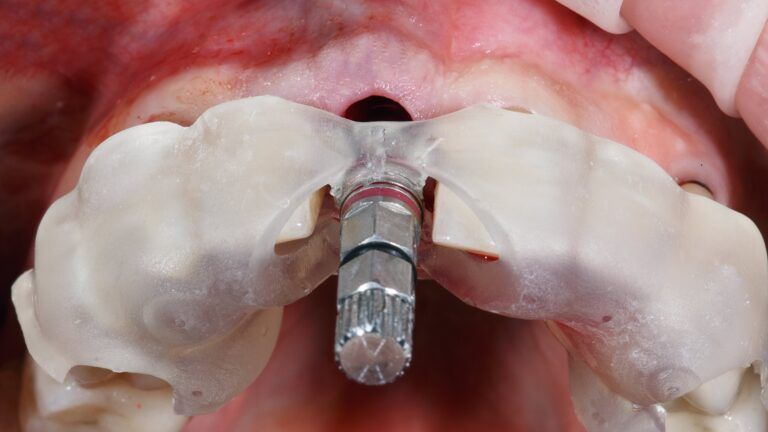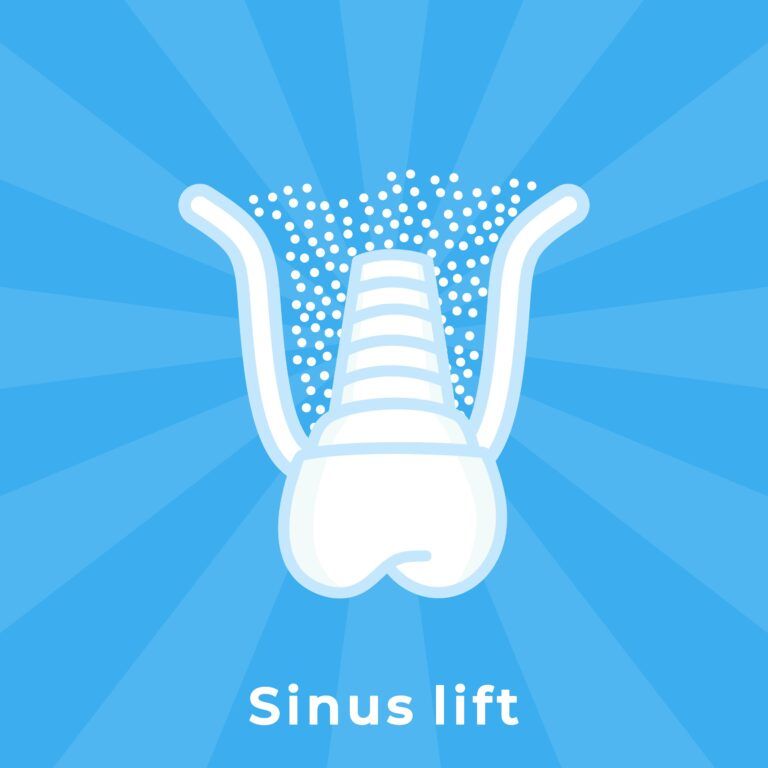If you have been looking into getting dental implants, you may have come across a specific type of implant known as zygomatic implants. Since this type of implant is relatively new, chances are you may not know very much zygomatic implants and how they compare to traditional dental implants. Therefore, here is everything you need to know about zygomatic implants:
Replace Upper Teeth
Zygomatic implants are intended to replace teeth in the upper jaw. They can be used to replace an entire arch of missing teeth, severely damaged or decayed teeth, or teeth that have become loose due to severe periodontal disease. Additionally, zygomatic implants are an ideal choice for patients who are not candidates for traditional dental implants due to a lack of bone mass. Zygomatic implants can also be used in coordination with traditional dental implants to replace both the upper and lower teeth.

Attached to the Cheekbone
Zygomatic implants are named for the bone that they are implanted into. More specifically, zygomatic implants are implanted into the zygomatic bone, more commonly known as the cheekbone. Compared to the maxillary bone, the zygomatic bone is much denser and provides a solid anchor point for the implant. Since zygomatic implants are placed in the cheekbone, they are significantly longer than traditional dental implants.
Can Be Used with Insufficient Bone Mass
One main prerequisite for dental implant treatment is adequate bone mass for the implant to fuse with. However, zygomatic implants can safely be placed even in cases where there is poor maxillary bone quality or a lack of bone mass. This is because zygomatic implants are not actually anchored into the maxillary bone and are instead implanted into the zygomatic bone. Unlike the jawbones, the zygomatic bones do not lose bone mass as a result of missing teeth or periodontal disease.
Eliminates the Need for Supplemental Procedures
Oftentimes, when dental implants are placed in the upper jaw with low bone mass, supplemental procedures may be necessary. One common procedure is known as a sinus lift, whereby the bone between the oral cavity and sinus cavity is thickened to prevent the implant from damaging the sinuses. Usually the patient would need to wait until the sinus lift has healed before the implants can be placed. With zygomatic implants, however, there is no need for these supplemental procedures. Not only does this mean less procedures, but it also means that you can get your implants sooner rather than later.
Are Immediate-Loading

When zygomatic implants are placed, they are angled into the zygomatic bone. The dense composition of the zygomatic bone along with the angulation of the implant allows a dental prosthetic to immediately be loaded onto the implants during surgery. This means that you won’t won’t have to go without teeth while the implants heal.
High Success Rates
Like traditional dental implants, zygomatic dental implants also have a high success rate. It is estimated that around the success rate of zygomatic implants ranges from 97-98%. In the case of complications, the most common complications of zygomatic implants are sinusitis, paresthesia, and oro-antral fistula.
Relatively New Treatment
Zygomatic implants are considered to be a relatively new advancement in dental implant technology. They were developed in the late 1990s by the father of dental implantology, Dr. Per Ingvar Branemark. Since their introduction into the dental implant world, zygomatic implants have been gaining popularity for their effectiveness in patients who would otherwise not qualify for dental implant placement.

Irfan Atcha, DDS, DICOI, DADIA at New Teeth Chicago Dental in Chicago, Illinois is a board-certified general dentist and a nationally recognized expert in dental implants, cosmetic dentistry, and sedation dentistry.





